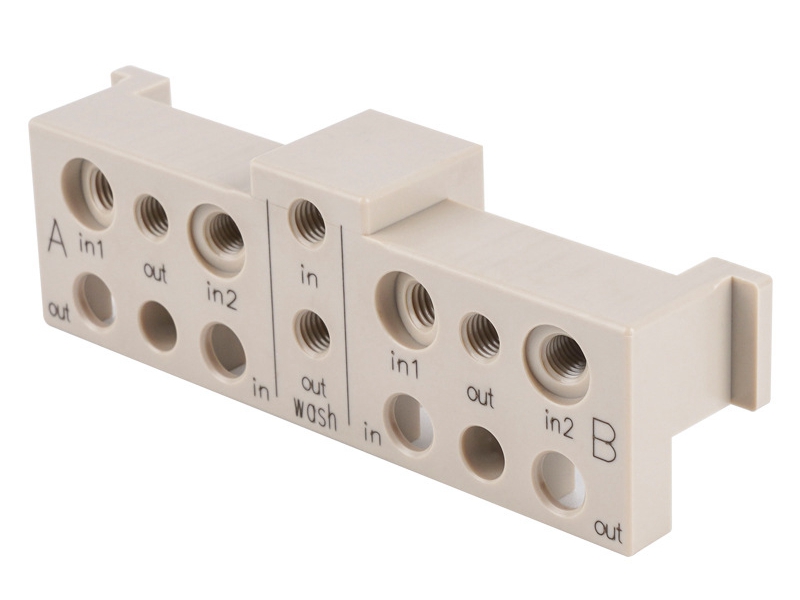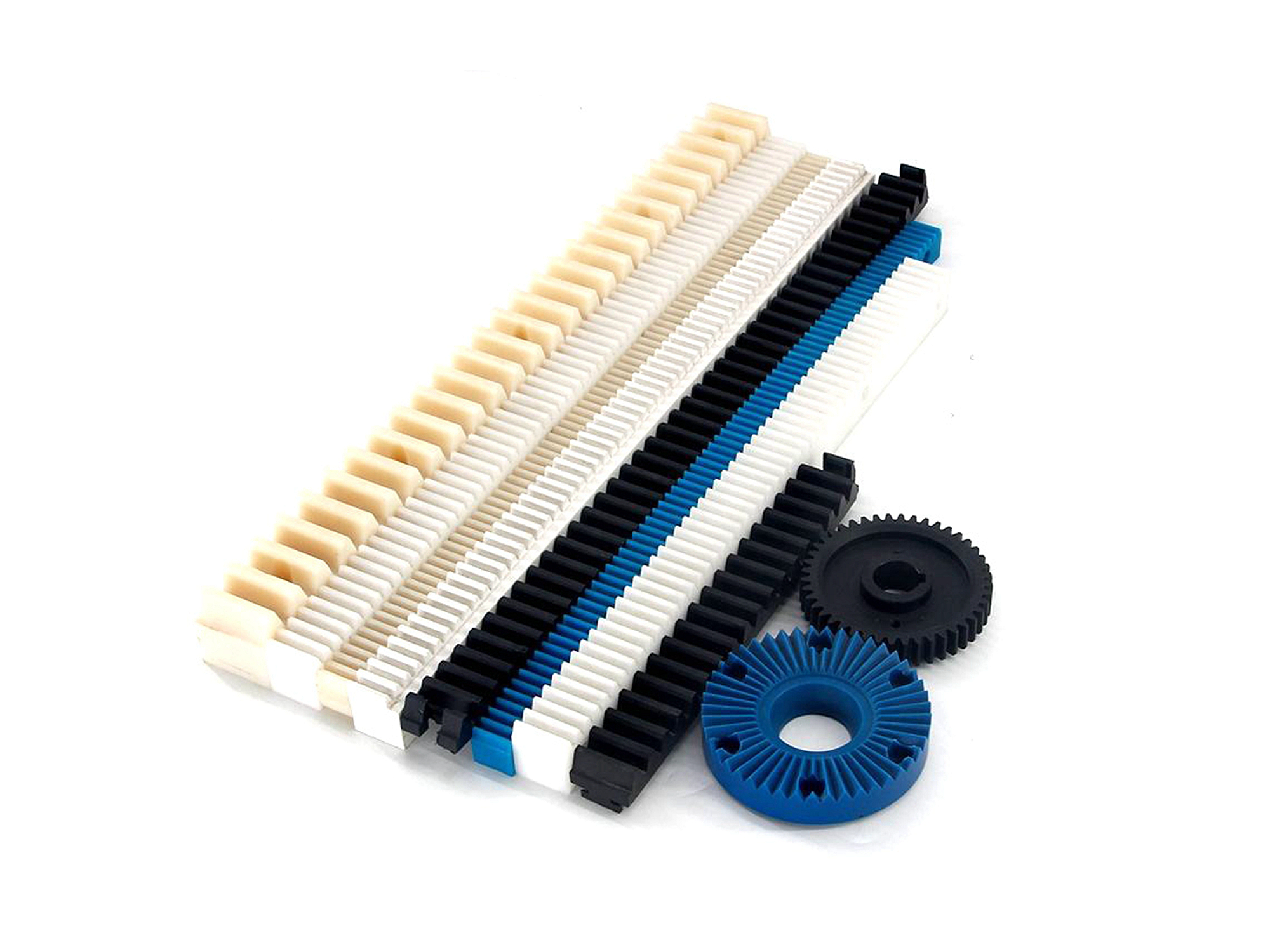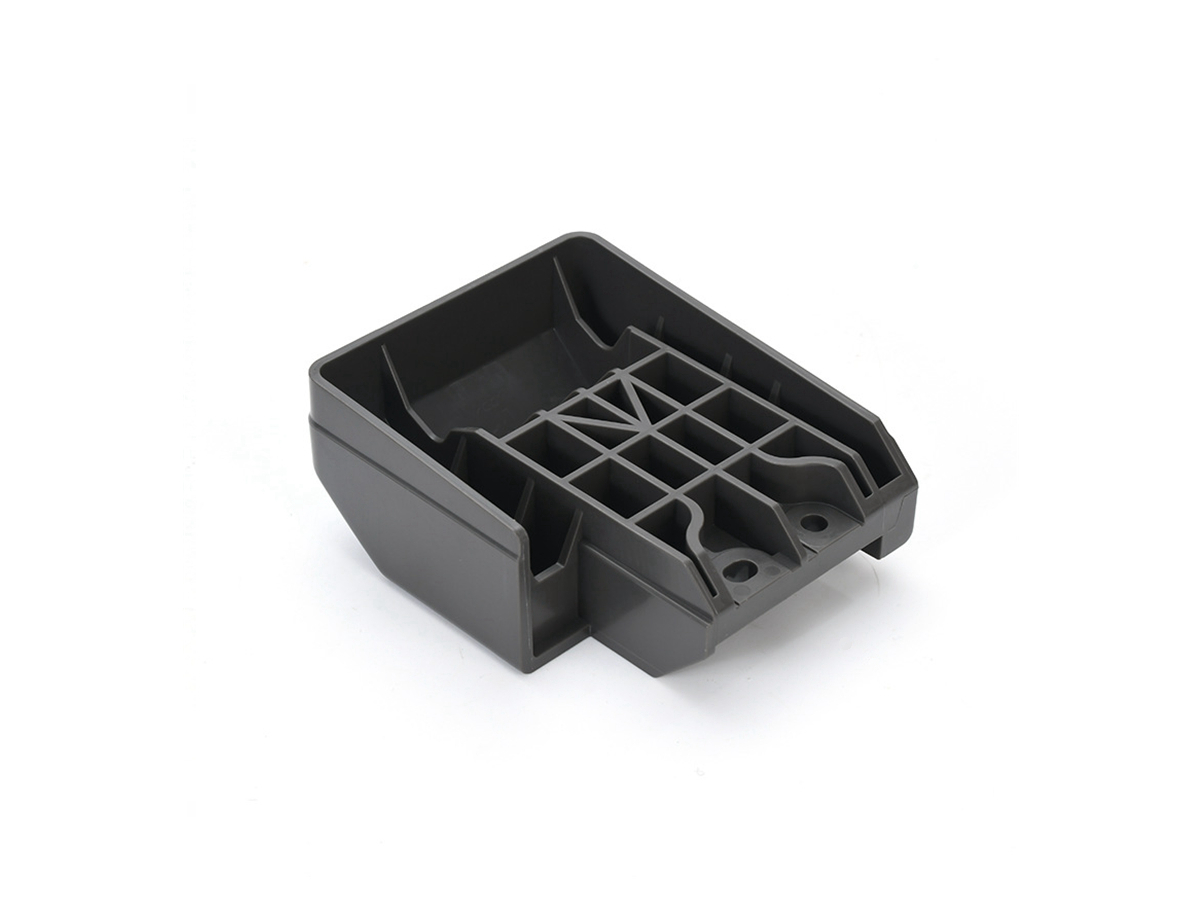How does tool selection differ for various plastic materials?
Key Principles of Tool Selection for Plastic Machining
Tool selection for machining plastics is fundamentally different from metal cutting, primarily due to plastics' lower thermal conductivity, viscoelasticity, and abrasive nature. The primary goals are to manage heat generation, prevent material adhesion (built-up edge), and achieve a clean shear rather than a tearing or melting action. Incorrect tool selection directly leads to poor surface finish, dimensional inaccuracy, melting, and delamination. At Neway, our Precision Machining Service leverages material-specific tooling strategies to ensure optimal results across a wide range of polymers.
Tool Geometry and Coating Considerations by Material Category
Material Category | Recommended Tool Geometry | Tool Material & Coating | Key Parameters & Rationale |
|---|---|---|---|
• High positive rake angles (10°-20°) • Sharp, polished cutting edges • Large flute volumes (2-3 flutes) • High helix angles (40°-60°) | • Uncoated solid carbide • Polished carbide • Nano-crystalline diamond coatings | • Rationale: Sharp, high-rake angles shear cleanly rather than push material, reducing cutting forces and heat. Polished flutes and high helix angles ensure efficient chip evacuation, preventing re-cutting and gumming up. | |
Rigid, Brittle Plastics (e.g., Acrylic (PMMA), Polycarbonate (PC), Polystyrene) | • Zero or slightly negative rake angles • Honed edge preparation (small T-land) • Standard helix angles (30°-45°) • Single or double flute for O-flute tools | • Solid carbide • Diamond-coated carbide • TiN coatings can be used | • Rationale: A stronger, honed edge prevents micro-chipping and cracking at the exit. The geometry controls the fracture for a clean cut. O-flute tools are excellent for achieving optical-quality finishes on acrylic. |
Abrasive & Filled Plastics (e.g., Ceramic-filled, Glass-filled Nylon, Carbon-fiber PEEK) | • Positive rake but with wear-resistant edge • Moderate helix angles • Robust core for tool rigidity | • Polycrystalline Diamond (PCD) • Diamond-coated carbide • Solid carbide (for short runs) | • Rationale: The reinforcing fibers (glass, carbon) are highly abrasive and will rapidly wear standard carbide. PCD and diamond coatings offer the necessary hardness and wear resistance to maintain a sharp edge and tool life. |
Thermoplastic Elastomers (TPE) & PU (e.g., TPE, Polyurethane (PU)) | • Extremely sharp, knife-like edges • High positive rake (>15°) • High spiral, polished flutes | • Uncoated, polished carbide • Sharp HSS for specific operations | • Rationale: These materials are elastic and prone to tearing. A knife-like edge is required to cleanly slice through the material rather than stretch and tear it. High polish prevents material adhesion. |
Detailed Breakdown by Specific Material
• Acrylic (PMMA) & Polycarbonate (PC): For clear materials requiring optical clarity, an O-flute (single flute spiral) tool is ideal. It produces a continuous chip and a pristine, polished finish on the cut edge. Diamond-tipped tools are used for high-volume production to maintain edge sharpness and prevent haze.
• Nylon & Acetal (POM/Delrin): These semi-crystalline materials are gummy. A 2 or 3-flute end mill with a high helix and polished flutes is critical. The sharpness is paramount; a slightly dull tool will immediately cause melting and stringing, which can be a significant issue in processes like CNC Milling Service.
• PEEK & PEI (Ultem): While high-performance, they can be gummy in their unfilled state. The strategy mirrors that for Nylon. However, for glass or carbon-filled grades, tool selection must immediately shift to abrasion-resistant tools like PCD to achieve economic tool life and maintain precision in Multi-Axis Machining of complex parts.
• FR-4 & G10: These glass-epoxy composites are extremely abrasive. PCD-tipped router bits are the standard. Using carbide will result in rapid wear, loss of dimensional accuracy, and poor edge quality due to fiber pull-out.
Summary of Critical Tool Characteristics
The universal rule in plastic machining is sharpness. Beyond that, the selection is a balance of: * **Rake Angle:** Controls the shear versus plowing action. * **Helix Angle:** Governs the smoothness of chip evacuation. * **Flute Count & Polish:** Determines chip clearance and prevents material adhesion. * **Coating/Material:** Dictates tool life, especially with abrasive composites. Successful machining, whether for CNC Machining Prototyping or Low Volume Manufacturing, hinges on matching these tool characteristics to the specific plastic's behavior to minimize heat, force, and ensure a high-quality result.



